Forget Bees: This Bird Has the Sweetest Deal With Honey-Seeking Humans
The effectiveness of the honeyguide call sheds light on why this golden relationship has stuck around so long
/https://tf-cmsv2-smithsonianmag-media.s3.amazonaws.com/filer/4a/45/4a457bdb-3b2b-459a-9699-3279b4633cd3/dsc_2336_holding_male_honeyguide.jpg)
Brrrr-Hm!
Cutting through the crushing morning heat of the African bush, that sound is the trill of the Yao honey hunters of Mozambique. The call, passed down over generations of Yao, draws an unusual ally: the palm-sized Indicator indicator bird, also known as the greater honeyguide.
These feathery creatures do just what their name suggests: lead their human compatriots to the sweet stuff. Mobilized by the human voice, they tree-hop through the African bush, sporting brown, tan and white plumage that blends into the dry landscape.
This remarkable bird-human relationship has been around for hundreds—maybe even hundreds of thousands—of years. And yet until now, no one has investigated exactly how effective the call is. A new study, published today in the journal Science, demonstrates just how powerful this local call is in guaranteeing a successful expedition.
The honeyguide collaboration is a striking example of mutualism, or an evolutionary relationship that benefits both parties involved. In this case, birds rely on humans to subdue the bees and chop down the hive, while humans rely on birds to lead them to the nests, which are often tucked away in trees high up and out of sight.
“There's an exchange of information for skills,” says Claire Spottiswoode, an evolutionary biologist at the University of Cambridge and lead author of the study. Neither species could accomplish the task alone. Cooperation begets a worthwhile reward for both: The humans gain access to the honey, while the honeyguides get to chow down on the nutritious beeswax.
The partnership can be traced back to at least 1588, when the Portuguese missionary João dos Santos took note of a small bird soaring into his room to nibble on a candle, and described how this wax-loving avian led men to honey. “When the birds find a beehive they go to the roads in search of men and lead them to the hives, by flying on before them, flapping their wings actively as they go from branch to branch, and giving their harsh cries,” wrote dos Santos (translated from Italian).
But it wasn’t until the 1980s that scientists got in on the game. Ornithologist Hussein Isack first studied the behavior among the Boran people of Kenya, armed with only a watch and compass. Isack elegantly demonstrated that honeyguides provide honey-seeking humans with reliable directional information. But it still remained unclear whether the flow of information was one-sided. Could humans also signal their desire for sweets to their feathered friends?
To answer this question, Spottiswoode and her colleagues recorded the the trill-grunt call of Yao honey-hunters living in the Niassa National Reserve in northern Mozambique. For comparison, they captured the call of local animals and the honey-hunters shouting Yao words. With GPS and speakers in hand, Spottiswoode and her colleagues set out with the Yao honey-hunters into the African bush. On each expedition, they played back a different recording, noting the honeyguides’ response.
The researchers repeated the trips over and over, walking more than 60 miles in total. But it was worth it: they found that the Brrrr-Hm call effectively attracts and holds a honeyguide’s attention, more than tripling the chance that a honeyguide will lead humans to a bees’ nest compared to the other recorded sounds, says Spottiswoode.
“They're not just eavesdropping on human sounds,” says Spottiswoode. Rather, the Yao honey-hunting call serves as a message to the honeyguides that the human hunters are ready to search for honey, just as picking up a leash signals to your dog that it’s time for a walk. What’s remarkable in this case is that honeyguides, unlike dogs, are not trained and domesticated pets but wild animals.
“This is an important paper which experimentally verifies what Yao honey hunters say is true: that honeyguides are attracted by the specialized calls honey-hunters use,” Brian Wood, anthropologist at Yale University, said in an e-mail. Wood works with the Hadza people of Tanzania, who have formed similar relationships with the honeyguides. He notes that across Africa, local people have developed a range of different honeyguide calls, including spoken or shouted words and whistles.
In the past, cooperation between humans and wild animals may have been common as our ancestors domesticated various creatures, such as the wolf. But these creatures were “specifically taught to cooperate,” Spottiswoode notes. In today’s age of modern technology and globalization of trade, such interactions are increasingly rare. One modern example that researchers cite in the paper is collaborative fishing between humans and dolphins in Laguna, Brazil. But most current human-wildlife interactions are one-sided, such as the human scavenging of carnivore kills, says Terrie Williams, a marine biologist at University of California, Santa Cruz who has studied the Laguna dolphins.
Indeed, as African cities grow and attain greater access to other forms of sugar, the honeyguide tradition is slowly dying out, Spottiswoode says. This makes it even more important to document the intricacies of such relationships while they still persist. “[The decline] really underlines the importance of areas like the Niassa Reserve where humans and wildlife co-exist, and these wonderful human-wildlife relationships can still thrive,” she says.
Before you start seeking out your own honeyguide, you should know that these birds aren’t always so sweet-natured. Honeyguides are brood parasites, meaning that parents lay their eggs in the nest of another bird species. Once the chick hatches, the newborn pecks its adopted siblings to death in a violent effort to steal its new parents’ attentions and resources. “They're real Jekyll-and-Hyde characters,” says Spottiswoode, adding: “It's all instinctive, of course. [I’m] placing no moral judgement.”
The birds' parastic nature makes it all the more mysterious how they learn these calls, since they clearly can’t learn them from mom and dad. So now, Wood and Spottiswoode are teaming up to explore another option: that honeyguides might learn the calls socially, both within and between species. The researchers hope to study other honeyguide-hunter relationships to gain a better understanding of a collaboration that has endured throughout the ages.
Here's hoping it sticks around.
/https://tf-cmsv2-smithsonianmag-media.s3.amazonaws.com/accounts/headshot/Wei-Haas_Maya_Headshot-v2.png)
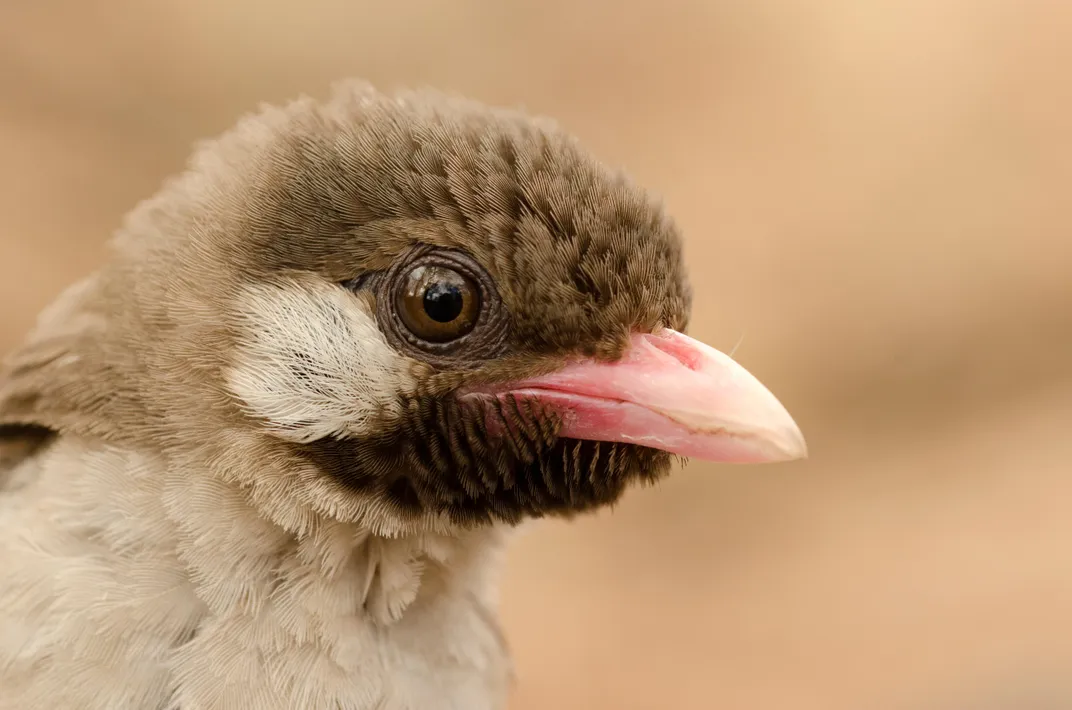
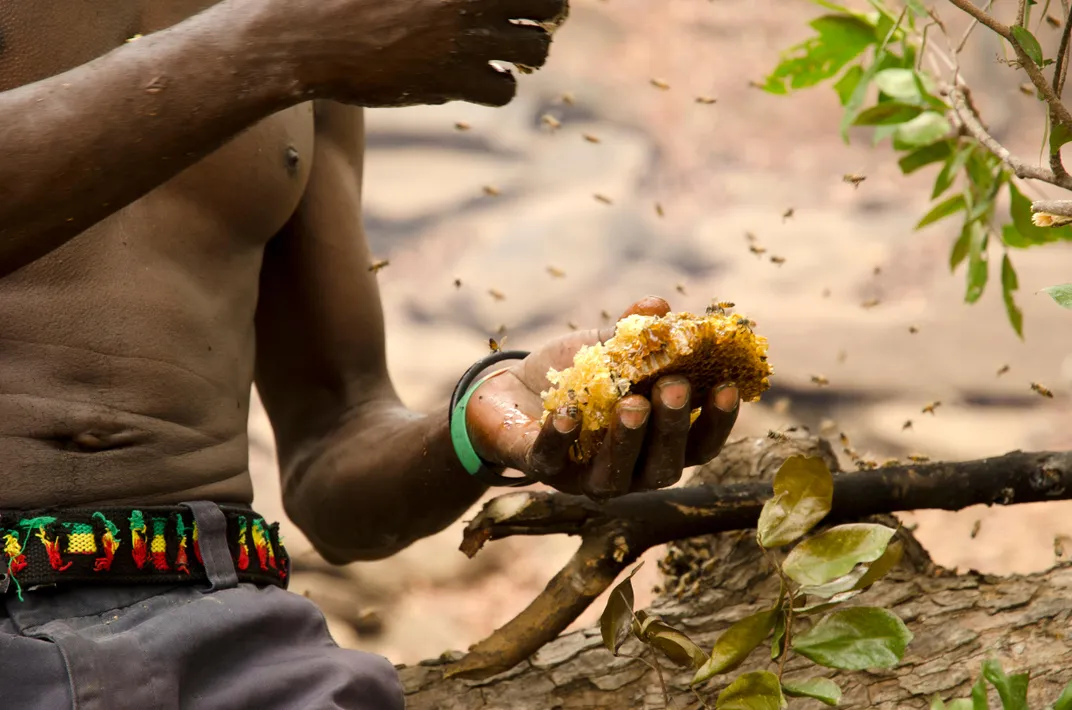
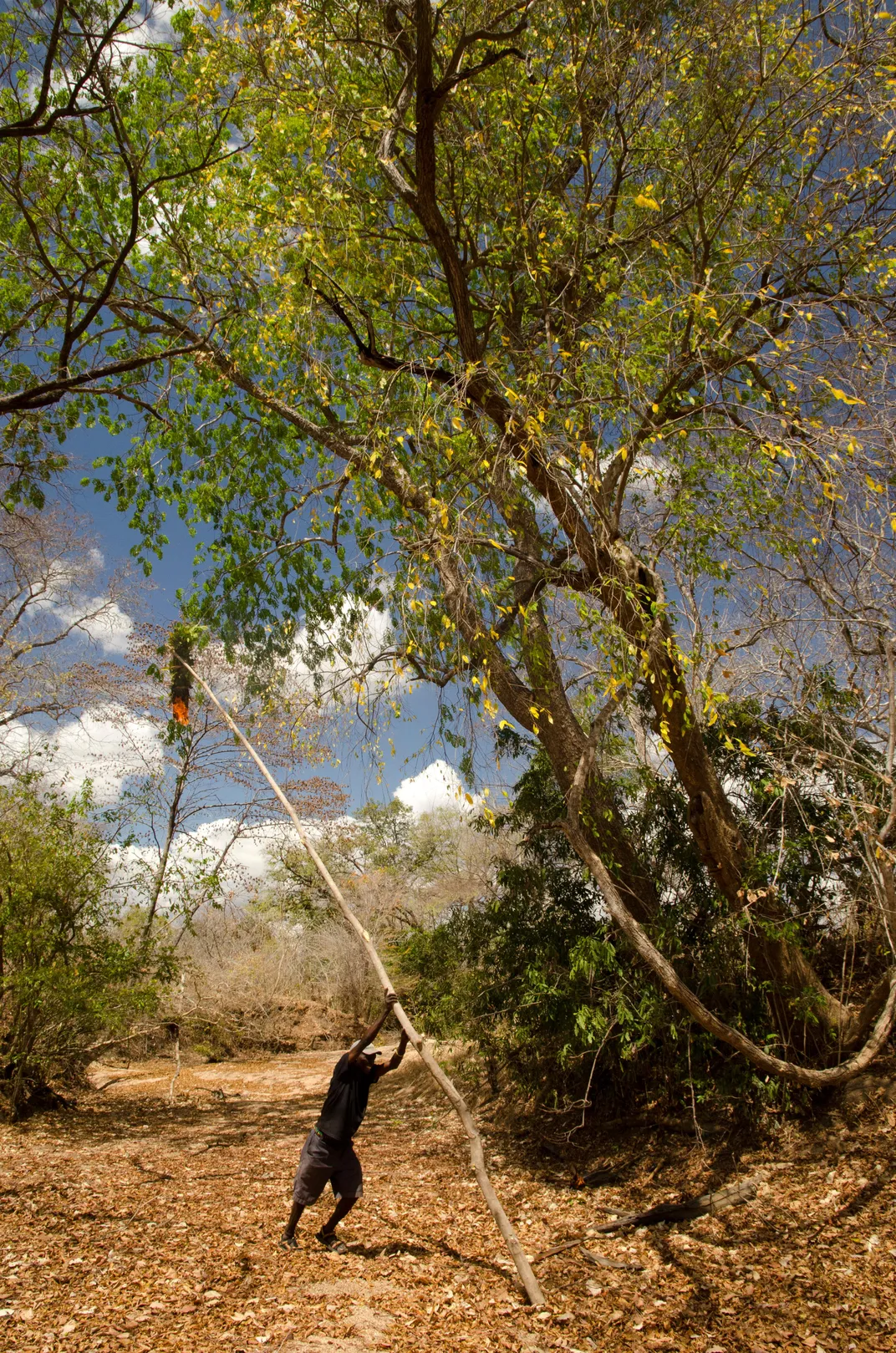
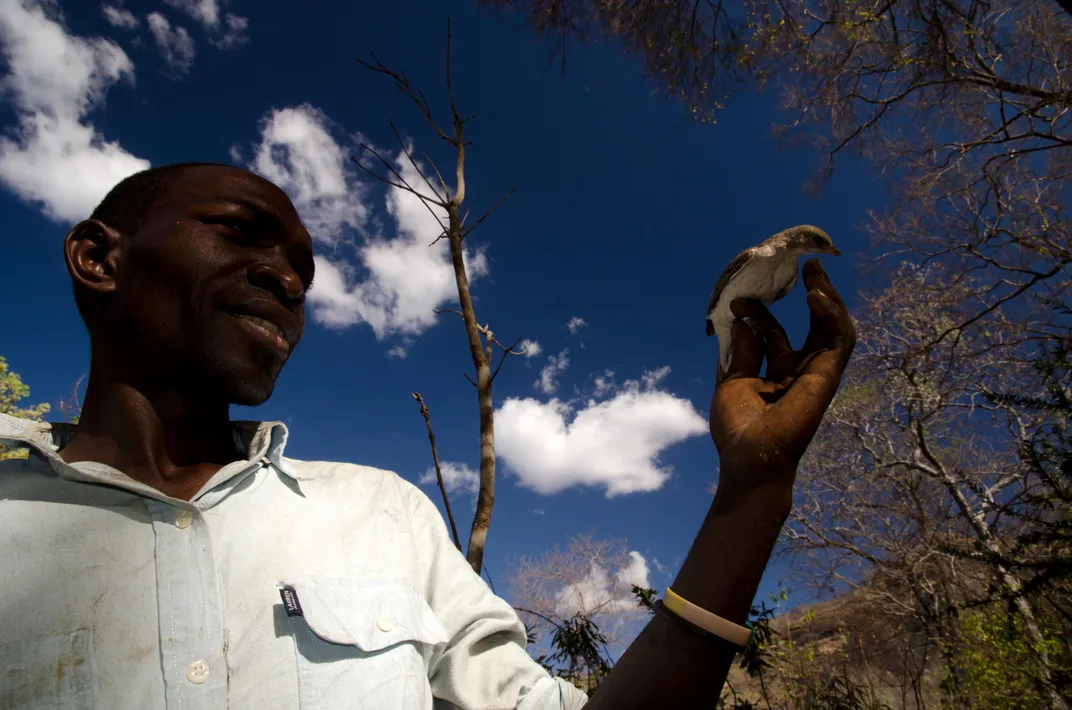
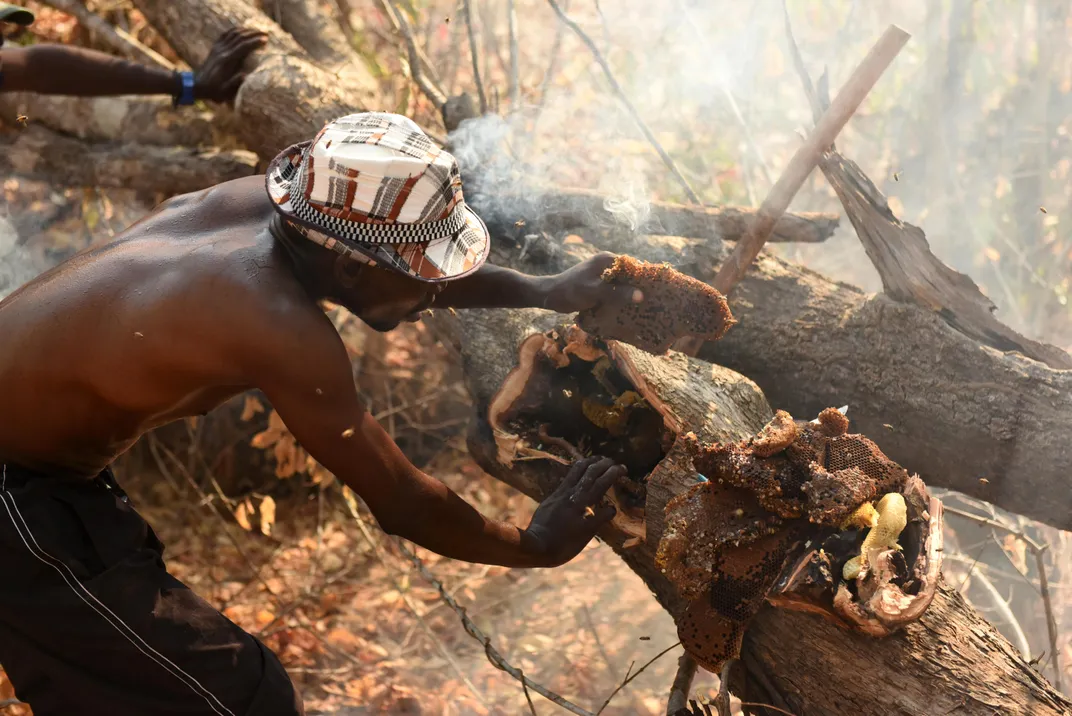
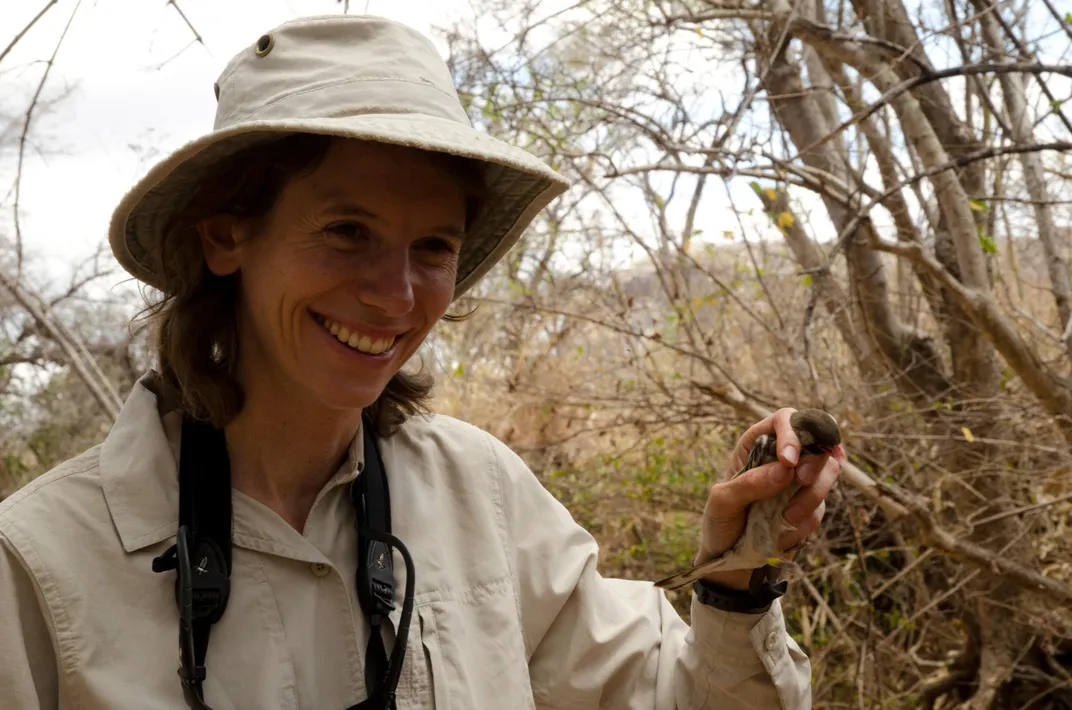
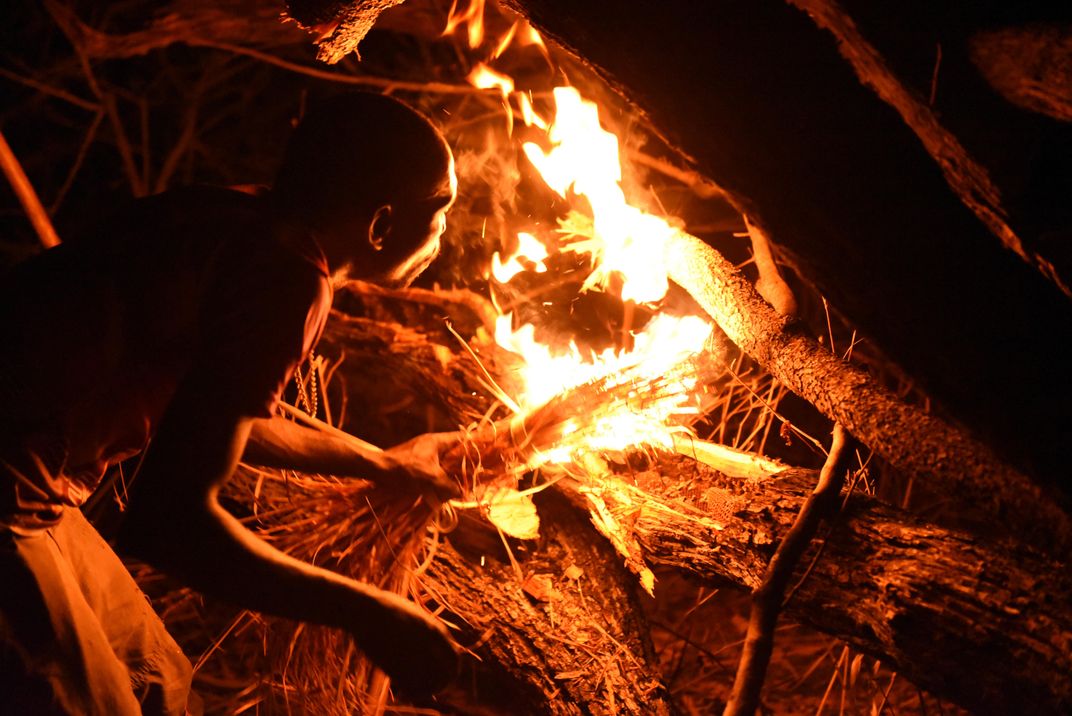
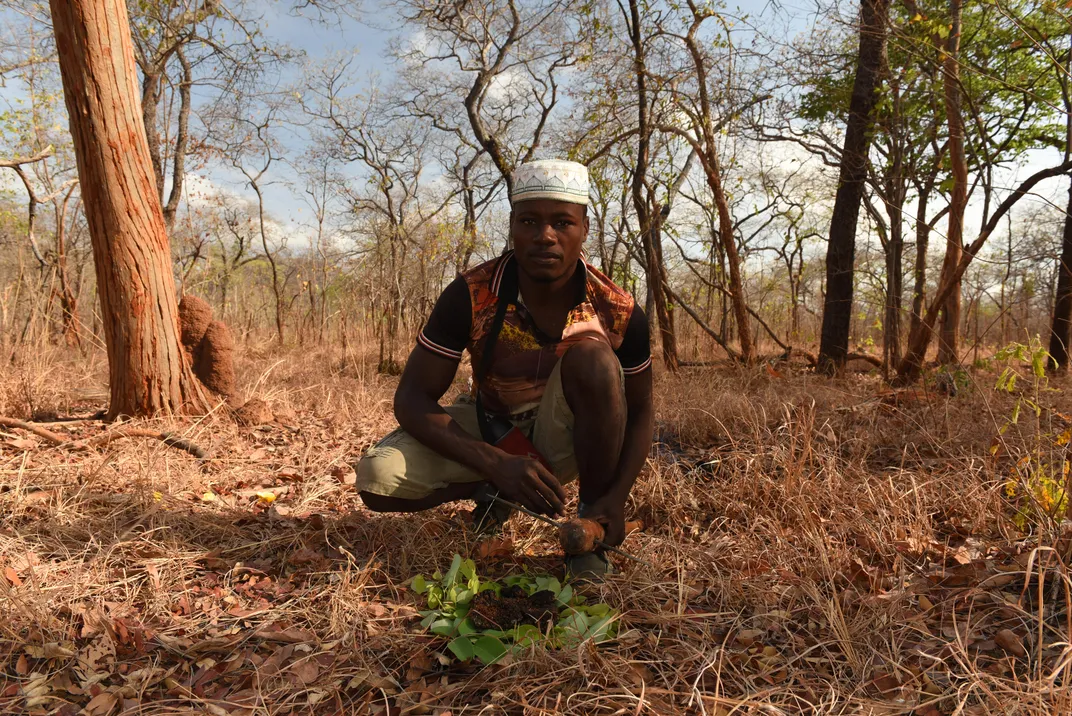
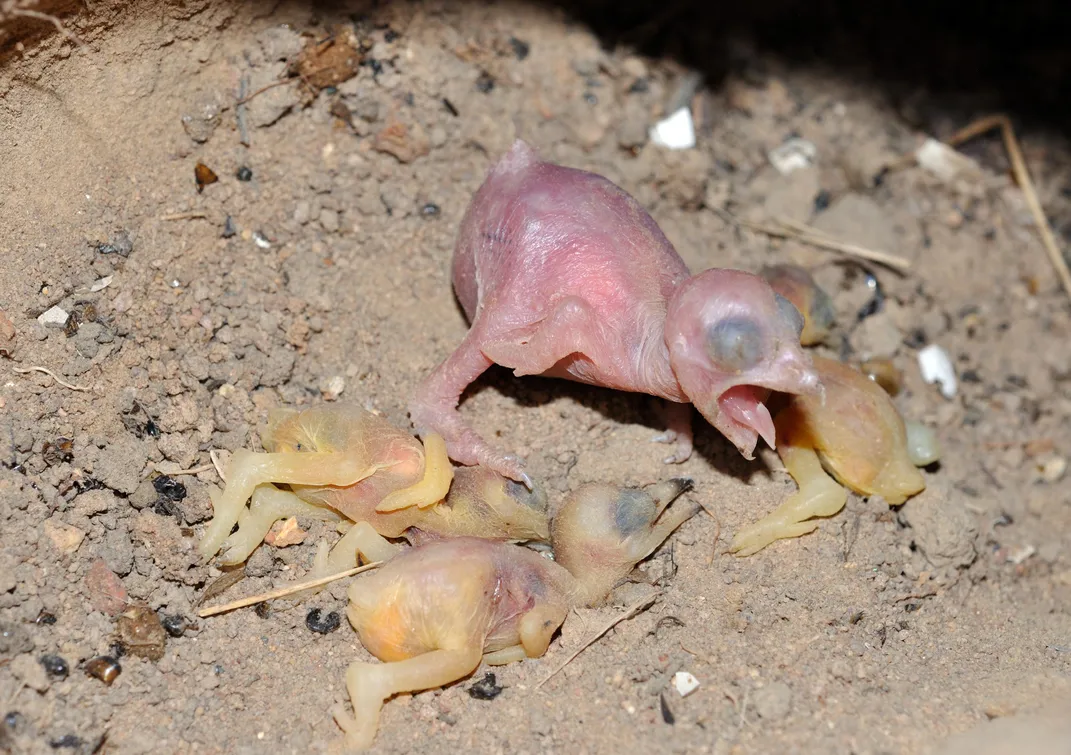
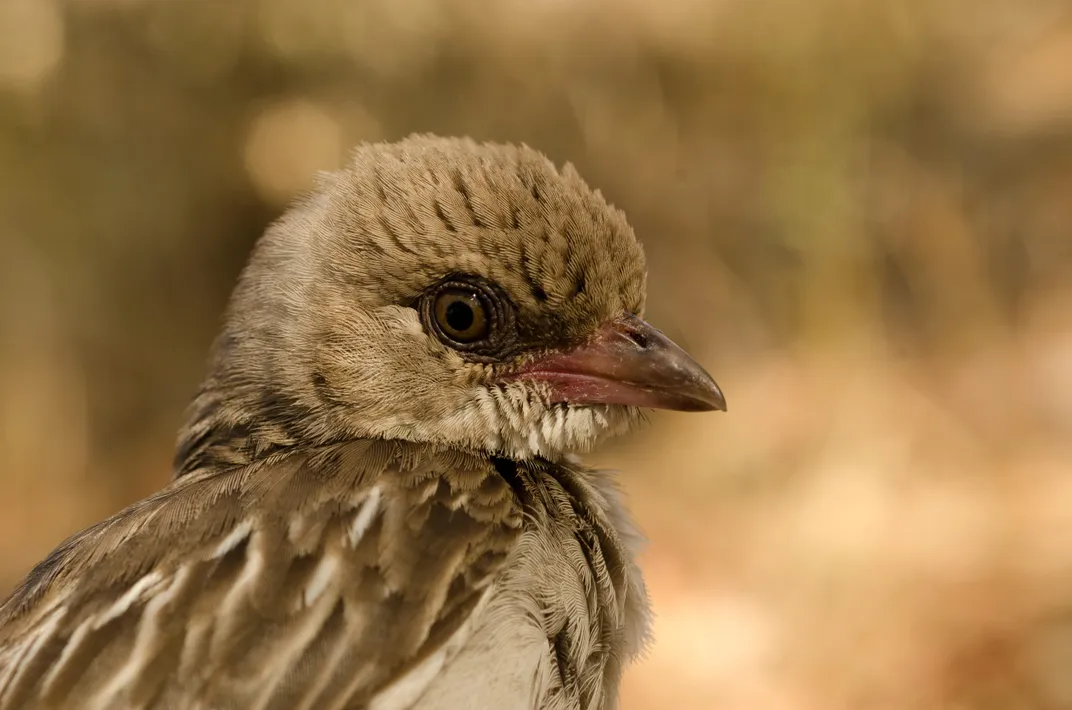
/https://tf-cmsv2-smithsonianmag-media.s3.amazonaws.com/accounts/headshot/Wei-Haas_Maya_Headshot-v2.png)